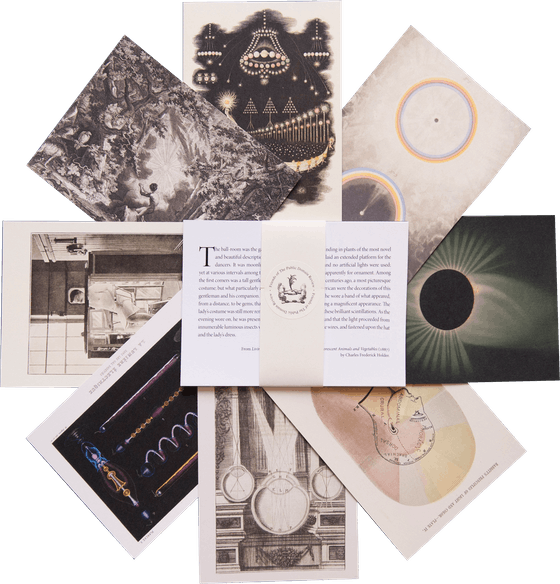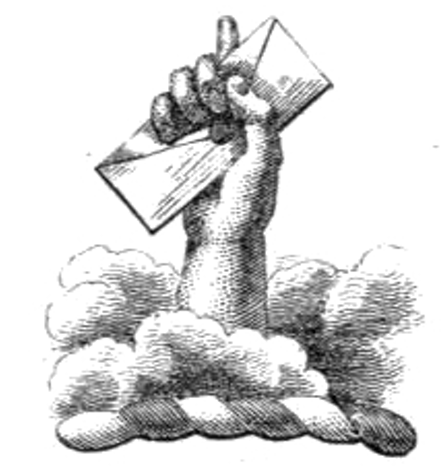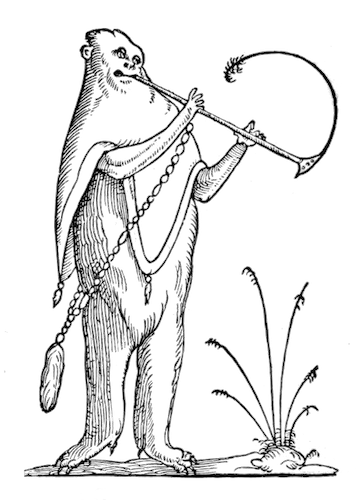
The Nature of the Beast: Charles le Brun’s Human-Animal Hybrids (1806)
There is something inherently dependable about the ox-faced man sketched by Charles le Brun (1619–90): he is a hard worker, probably a laborer. The man with the fox face, however, is definitely a thief. Zoomorphic stereotypes, which in a glance provide an impression of character and class, might have been a boon for le Brun, who had been charged in 1669 with decorating Louis XIV’s new palace at Versailles. This massive undertaking included a series of grand allegorical paintings, full of figures from myth, history, and the Bible. In such crowded scenes, how best to distinguish between emperor and slave, despot and demi-mondaine?
His answers to that question would also prove important to the many members of Paris’ flourishing seventeenth-century artistic scene. In addition to his own work, le Brun, the precocious scion of an artistic family, was an institutional man. He was jointly responsible for founding both the Gobelins Manufactory (responsible for making all the furnishings in the royal palaces) and the Académie royale de painture et de sculpture. On March 28, 1671, he gave the Académie’s students a lecture on human-animal physiognomy, the text of which was then lost. The Dissertation featured here, published only in 1806 under the aegis of the Musée Napoléon (as the Musée du Louvre was called between 1803 and 1816), attempts to reconstitute this lecture via le Brun’s protégé and amanuensis, Claude Nivelon (1648–1720). The book brings together thirty-seven etchings and engravings made from le Brun’s drawings, introduced with a “dissertation” by Louis-Marie-Joseph Morel d'Arleux, curator of the Musée Napoléon’s prints and drawings, based on Nivelon’s unpublished biography of his master.
This craving for le Brun’s guidance likely had much to do with the persistent influence of his Méthode pour apprendre à dessiner les passions (A Method to Learn to Design the Passions), posthumously published in 1698. According to Cecilia Sjöholm, le Brun’s Méthode was in part an attempt to illustrate — and aestheticize — the principles of human emotion that had been sketched out by René Descartes a few decades earlier in The Passions of the Soul (1649). Descartes insisted that emotion, even if internally generated, has an external effect — body and mind work together to feel. That meant that artists had to learn to show Mary’s anguish and Alexander’s self-satisfaction. No more impassive medieval faces, looking serenely out at the viewer. The Méthode helpfully systematized Descartes’ thought, demonstrating the correct angle that each feature had to take to embody each emotion.
The Dissertation is a supplement to this earlier work, examining markers of character less transient than emotions. Nevertheless, it is not, Morel d'Arleux insists, a lesson on morality. The task is simply, he assures us, “the advancement of Art” — not the commonplace mistake of thinking, as some “credulous beings” do, that they can distinguish “moral imperfections” in people with “physical imperfections”.
Still, he admits, it is true that prominent men have prominent noses — everyone since Aristotle has agreed about that. An aquiline nose, we learn, is a necessary component of a hero’s face, accompanied by a wide and raised forehead, thick eyebrows, and eyes angled such that “the interior corners make an angle above the horizontal line which then cuts only through the outer corner”. Variation from this theme is a sure sign that Minerva, the patron goddess of geniuses, has never come to visit. The beakish nose is only good for the eagle-like, who is resolute in his toga: le Brun’s raven-man, frowning toward the viewer and cawing in three-quarter profile, is prone to even the “most condemnable” passions (perhaps this is because, as Aristotle argued, the nose is under the rule of Venus). The parrot-man, in his soft cloth cap, may recall a Renaissance philosopher — but a parrot’s beak, of course, is a sure sign of the babillard outré, an extreme babbler.
Enjoyed this piece? We need your help to keep publishing.
The PDR is a non-profit project kept alive by reader donations – no ads, no paywalls, just the generosity of our community. It’s a really exciting model, but we need your help to keep it thriving. Visit our support page to become a Friend and receive our themed postcard packs. Or give a one-off donation. Already a supporter? A huge thank you for making all this possible.
Oct 15, 2025






